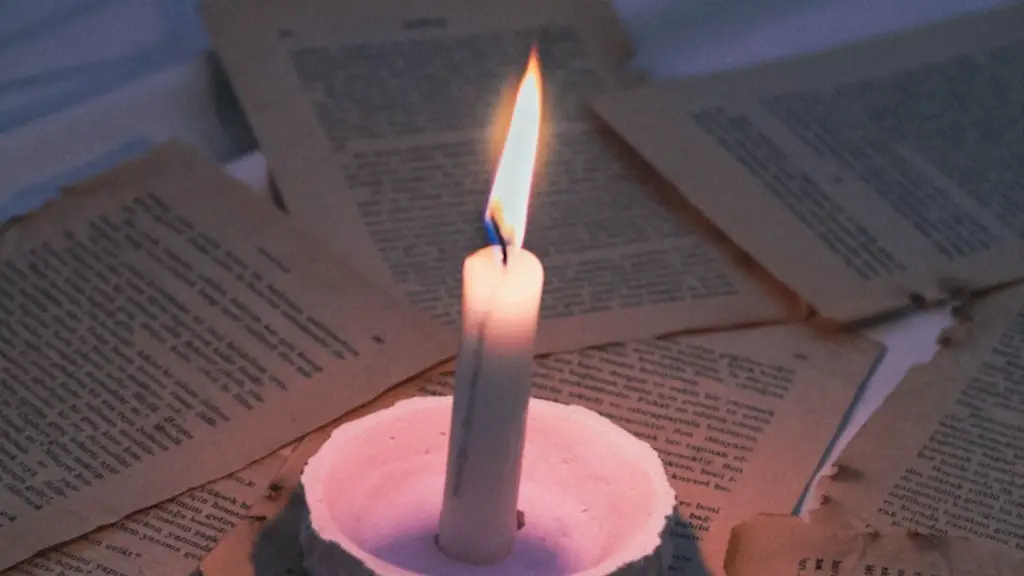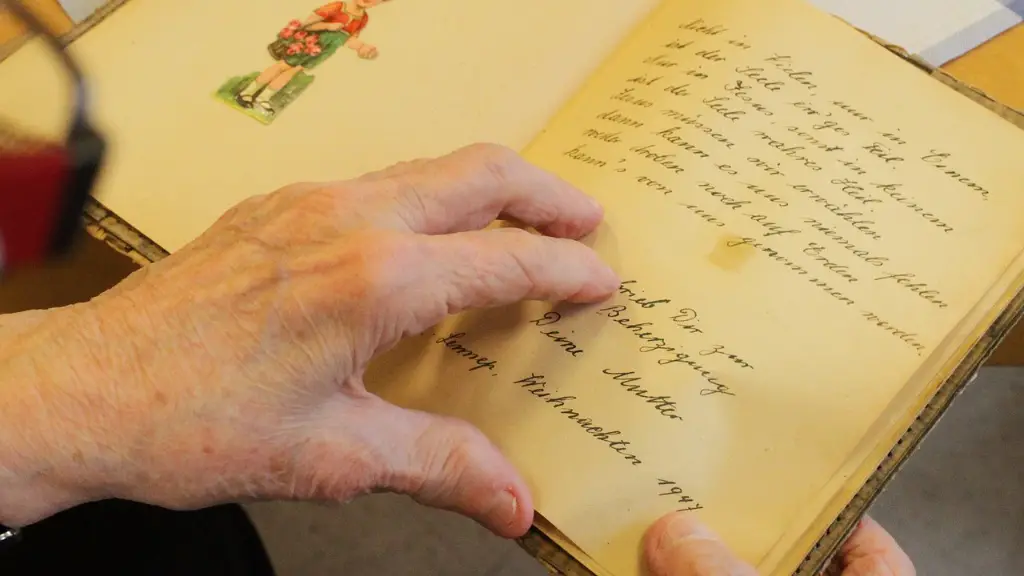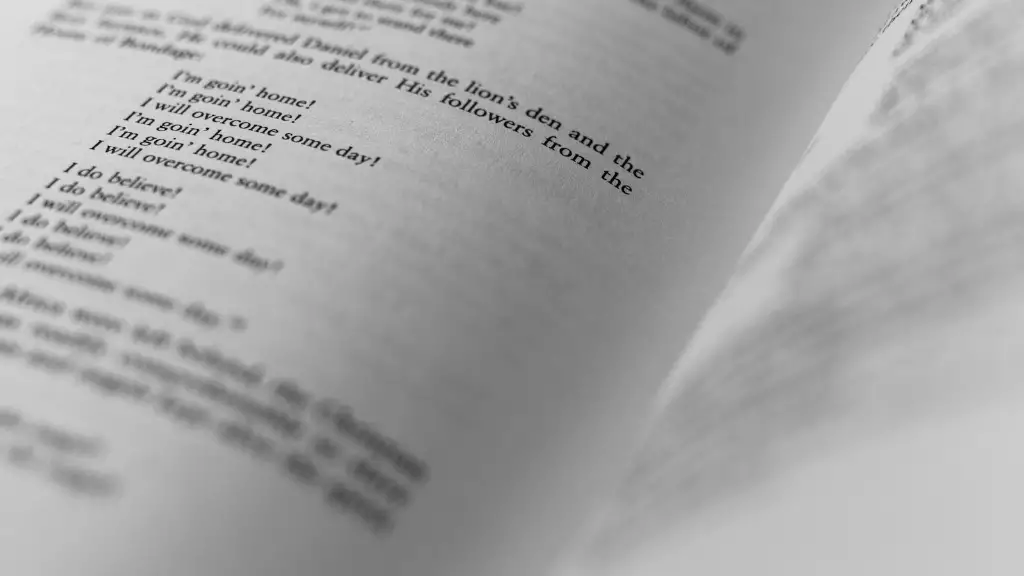Definition
Narrative poetry is a type of literature that tells a story, often utilizing all the features of creative writing. Dating back to antiquity, it has been used as an art form to illustrate themes related to life and the human condition. Themes commonly found in narrative poetry include conflict, emotions, personal growth, and love. A common characteristic of narrative poetry is that it engages the reader to a degree where he is able to immerse himself in the creative story. While narratives are usually rooted in reality, they often include characters, settings and events that can be symbolic or fantastic. It is through this fantastical element that narrative poets are able to capture the reader’s imagination and deliver a poetic story of its own.
Structure
Unlike traditional poetry, narrative poems often come in the form of a story. Generally, these stories have four elements: plot, characterization, setting, and theme. The plot is the main sequence or occurrence of events in the poem, while characterization typically refers to the description of the characters in the poem. Setting includes the background and environment of the poem, including the time and place it takes place in, as well as any props that are used to tell the story. Lastly, the theme is the main idea or messages conveyed in the poem.
Techniques
Narrative poetry utilizes literary techniques such as metaphor, persona, irony, and simile to aid in telling the story. Metaphors are used to compare one thing to another, often creating an analogy to enhance the story. Personification is when a human element is given to a non-human object, creating a more dramatic or vivid setting. Irony is employed to ask questions and examine difficult situations, while simile is used to compare two objects that are not the same.
Pop Culture
Narrative poetry has been used in various forms of pop culture, most notably in modern music. Popular songs such as “The Story” by Brandi Carlile and “The Show Must Go On” by Queen use narrative structure to convey their themes and messages. These songs are often written in a story-like format, that grapple with tales of personal struggle and intense emotion. Similarly, there have been many book series and films that have used narrative poetry as a way to tell their stories, such as “The Lord of the Rings” and “Harry Potter.”
Historical Context
Narrative poetry has an extensive history that dates back to antiquity. Poets such as Homer, Virgil, and Ovid wrote Odyssey, Aeneid, and Metamorphoses, epic poems that told captivating stories of heroes, monsters, and divine powers. Over time, other poets, such as Dante and Chaucer, used longer narrative poems and stories to explore the human experience, shedding light on the humor, romance, and tragedy of life.
Literary Significance
Narrative poetry is still an influential form of literature. Writers such as Robert Frost and William Wordsworth used narrative in their works to explore complex themes and ideas, while modern poets such as Langston Hughes and Emily Dickinson have employed the narrative structure in order to examine issues related to identity and society. With narratives being so flexible, they can be used to reflect the experiences of a particular culture, while providing an entertaining story that captivates and enlightens readers.
Modern Usage
Today, narrative poetry is used in various forms of media, including film, television, comics, and literature. For example, children’s books typically include elements of narrative poetry as a way to introduce storytelling and language to young readers. Similarly, television and film often incorporate narratives as a way to explore deeper meanings and evoke powerful emotions from viewers.
Political Significance
Narrative poetry is often used as a tool to explore political and social issues in a creative and accessible way. For example, Claudia Rankine’s book “Citizen: An American Lyric” is a collection of narrative poems that comment on issues such as race, police brutality, and identity. Likewise, poets such as T.S. Eliot and W.B. Yeats used narrative to explore the political instability in their respective countries, Wales and Ireland.
Impact on Society
Narrative poetry has had a significant impact on society, from providing commentary on social and political issues to illuminating the human experience. Through its ability to captivate and engage readers, narrative poetry has been able to express ideas that have caused something to shift in the world. By giving narratives tangible forms, readers have been able to explore and understand the complexities of life in a meaningful way.
Conveying Emotions
Narrative poetry can be a powerful outlet for the expression of emotion. By delving into the themes of love, loss, and hope, narratives are able to evoke powerful feelings in readers. Moreover, it can offer insight into difficult realities and help readers to understand themselves better. By being able to access readers’ emotions, narrative poetry can be used to create meaningful dialogue and connection between people.
Social Connections
Narratives also have a strong ability to connect people to each other and create bonds across different cultures. Through its use of symbolism, metaphor, and allusion, narrative can bridge the gap between different societies and create understanding. This is especially true of narrative poetry, which has the unique ability to explore both the individual and collective experience.
Interpretation
The interpretation of narrative poetry can be open to the reader’s individual experience. Everyone will interpret a poem differently, depending on their context, background, and life experiences. For example, a reader who has gone through a difficult life experience may relate to a poem differently than a reader who has had a more straightforward life. It is through this interpretation of the poem that the reader can gain a greater understanding of the narrative, and make their own connections.
Combining Multiple Genres
Narrative poetry has the capacity to combine multiple genres in one story. For example, Charles Dickens’ “A Christmas Carol” incorporates elements of fantasy, romance, mystery, and horror into a singular narrative. Similarly, the poems of Emily Dickinson combine elements of romance, drama, and fantasy in order to explore the darker aspects of life. This combination of genres creates a dynamic and powerful experience for the reader.



